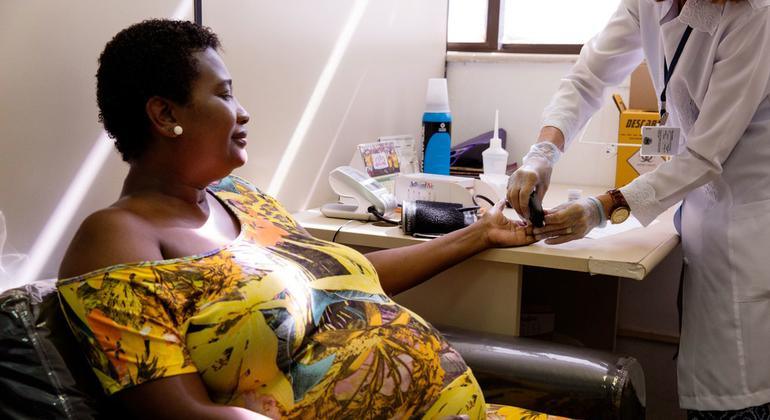The published findings highlight the need for immediate global action to combat this outbreak, the UN health agency said.
The study was conducted by the NCD Risk Factor Collaboration (NCD-RisC), a global network of 1,500 researchers and practitioners in collaboration with WHO.
This is the first global analysis of trends in diabetes rates and treatment coverage based on data from 140 million people aged 18 or older worldwide.
The analysis revealed a cases of diabetes doubling from 7 to 14 percent between 1990 and 2022, with nearly 450 million adults – 60 percent of those affected – still untreated. This emergency particularly affects low- and middle-income countries (LMICs) where 90% of untreated cases are found.
“We have seen an alarming rise in diabetes over the past three decades, reflecting the rise in obesity, compounded by the impacts of unhealthy food marketing, lack of physical activity and economic hardship.” , warned WHO Director General Tedros Adhanom. Ghebreyésus.
Regional challenges
The Southeast Asia and Eastern Mediterranean regions are the most affected, with around 20 percent of adults affected.
These regions, along with Africa, have the lowest treatment rates, with fewer than four in 10 adults with diabetes taking blood sugar-lowering medications.
In response to these challenges, WHO is launching a new global monitoring framework, focusing on key indicators including glycemic control and access to essential medicines.
This product represents a crucial step in the global response, providing comprehensive guidance to countries measuring and evaluating diabetes prevention, care, outcomes and impacts.
This initiative complements the 2021 Global Diabetes Compact, which aims to ensure equitable access to comprehensive care. This framework represents a crucial step in standardizing approaches to diabetes prevention and treatment across health systems around the world, WHO said.
The way forward
“To bring the global diabetes epidemic under control, countries must act urgently,” Tedros stressed.
“This starts with policies that support healthy eating and physical activity, and, most importantly, health systems that provide prevention, early detection and treatment,” he said. added.
The WHO has set ambitious goals, including achieving good glycemic control in 80% of diagnosed diabetic patients by 2030. This goal is a broader strategy to address the root causes of diabetes. epidemic, while improving access to essential treatments.




